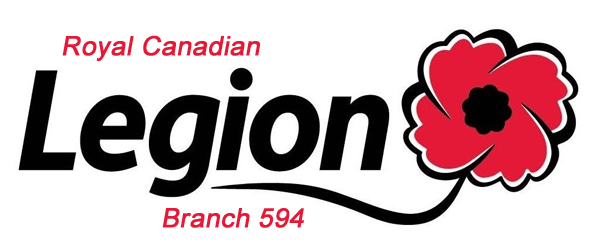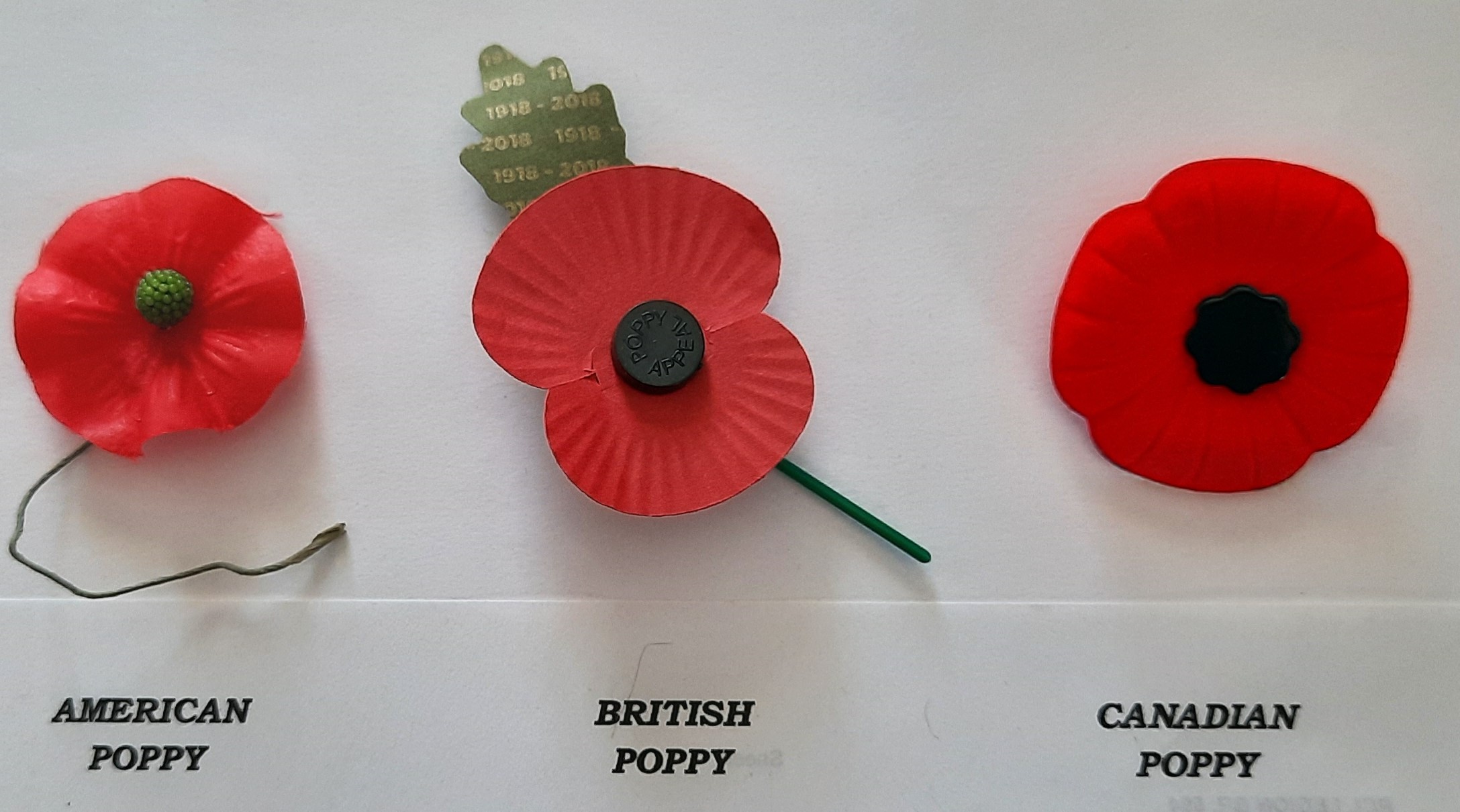THE HISTORY OF THE POPPY
THE AMERICAN POPPY:
Moina Belle Michael (August 15, 1869 – May 10, 1944) was an American professor and humanitarian who conceived the idea of using poppies as a symbol of remembrance for those who served in World War I. On 9 November 1918, inspired by the Canadian John McCrae battlefront-theme poem “In Flanders Fields”, she wrote a poem in response called “We Shall Keep the Faith”. In tribute to the opening lines of McCrae’s poem – “In Flanders fields the poppies blow / Between the crosses row on row,” – Michael vowed to always wear a red poppy as a symbol of remembrance for those who served in the war. After the war was over, Michael returned to the University of Georgia and taught a class of disabled servicemen. Realizing the need to provide financial and occupational support for these servicemen, she pursued the idea of selling silk poppies as a means of raising funds to assist disabled veterans. In 1921, her efforts resulted in the poppy being adopted as a symbol of remembrance for war veterans by the American Legion Auxiliary, and by Earl Haig’s British Legion Appeal Fund (later The Royal British Legion) later that year.
Americans don’t typically wear poppies on November 11 (Veterans Day), which honours all living veterans. Instead, they wear the symbolic red flower on Memorial Day—the last Monday in May—to commemorate the sacrifice of so many men and women who have given their lives fighting for their country.
THE BRITISH POPPY:
According to the Royal British Legion, the British Poppy represents all those who lost their lives on active service in all conflicts; from the beginning of the First World War right up to present day. It also honours the contribution of civilian services and the uniformed services which contribute to national peace and security and acknowledges innocent civilians who have lost their lives in conflict and acts of terrorism. According to the Royal British Legion; “there is no ‘correct’ way to wear a poppy”. Wearing a poppy is a personal choice reflecting individual and personal memories. It’s a matter of personal choice whether someone chooses to wear a poppy and how they choose to wear it. From paper poppies to pins, bag charms to pet poppies, and now on face masks, the best way to wear a poppy is simply with pride.
THE CANADIAN POPPY:
Canadians take intense pride in the Poppy, which was introduced as a symbol of the sacrifice of the soldiers and the hope of peace by the poem In Flanders Fields written by Canadian Lieutenant Colonel John McCrae, MD after the 2nd Battle of Ypres in April, 1915. This person from Guelph, Ontario, penned the Poem “In Flanders Fields” on a scrap of paper in May, 1915 on the day following the death of a fellow soldier. For Canadians, Ypres is special as it was our first real battle of WW1 and the number of casualties was shocking. There are 55,000 British and Commonwealth soldiers inscribed on the “Menin Gate Memorial to the Missing” a war memorial in Ypres, Belgium, as having no known grave. Their bodies still lie beneath the poppy-covered fields, perhaps contributing to the richness of these flowers. These were traditionally red, coincidentally the colour of their shed blood. The last line of the poem; “We shall not sleep, though poppies grow, In Flanders fields.” refers to the narcotic effect of poppies, which is outweighed by their mission of continuing to fight for freedom. Obviously no other flower of any colour can be substituted. This was 2 years before the American soldiers arrived, so it is logical that Canadians and British feel more strongly about the poppy and are most incensed at suggestions to change one of the characteristics that make the red poppy so appropriate. Everyone has red blood, despite different skin colours and gender; to tamper with this is an insult to those who died.
From the Royal Canadian Legion: How to wear a Poppy; The Poppy should be worn with respect on the left side, over the heart. The Royal Canadian Legion’s lapel Poppy is a sacred symbol of Remembrance and should not be affixed with any pin that obstructs the Poppy. Also available through some Branches is the Legion’s reusable black centre Poppy pin to affix your lapel Poppy. However, wearing a Poppy is a personal expression of Remembrance, and “how someone chooses to wear a Poppy is always an individual choice.”
Note: All information gleaned from Wikipedia, internet articles, the Royal British Legion, & the Royal Canadian Legion. 2-20-2021
In Flanders Fields
In Flanders fields the poppies blow
Between the crosses, row on row,
That mark our place; and in the sky
The larks, still bravely singing, fly
Scarce heard amid the guns below.
We are the Dead. Short days ago
We lived, felt dawn, saw sunset glow,
Loved and were loved, and now we lie
In Flanders fields.
Take up our quarrel with the foe:
To you from failing hands we throw
The torch; be yours to hold it high.
If ye break faith with us who die
We shall not sleep, though poppies grow
In Flanders fields.
–Lieutenant-Colonel John McCrae Penned: May 1915
We Shall Keep The Faith
Oh! You who sleep in “Flanders Fields,”
Sleep sweet—to rise anew!
We caught the Torch you threw
And, holding high, we keep the Faith
With All who died.
We cherish, too, the poppy red
That grows on fields where valor led;
It seems to signal to the skies
That blood of heroes never dies,
But lends a lustre to the red
Of the flower that blooms above the dead
In Flanders Fields.
And now the Torch and Poppy Red
We wear in honor of our dead.
Fear not that ye have died for naught;
We’ll teach the lesson that ye wrought
In Flanders Fields.
–Moina Michael: In reply to “In Flanders Fields” Penned: Nov. 1918


